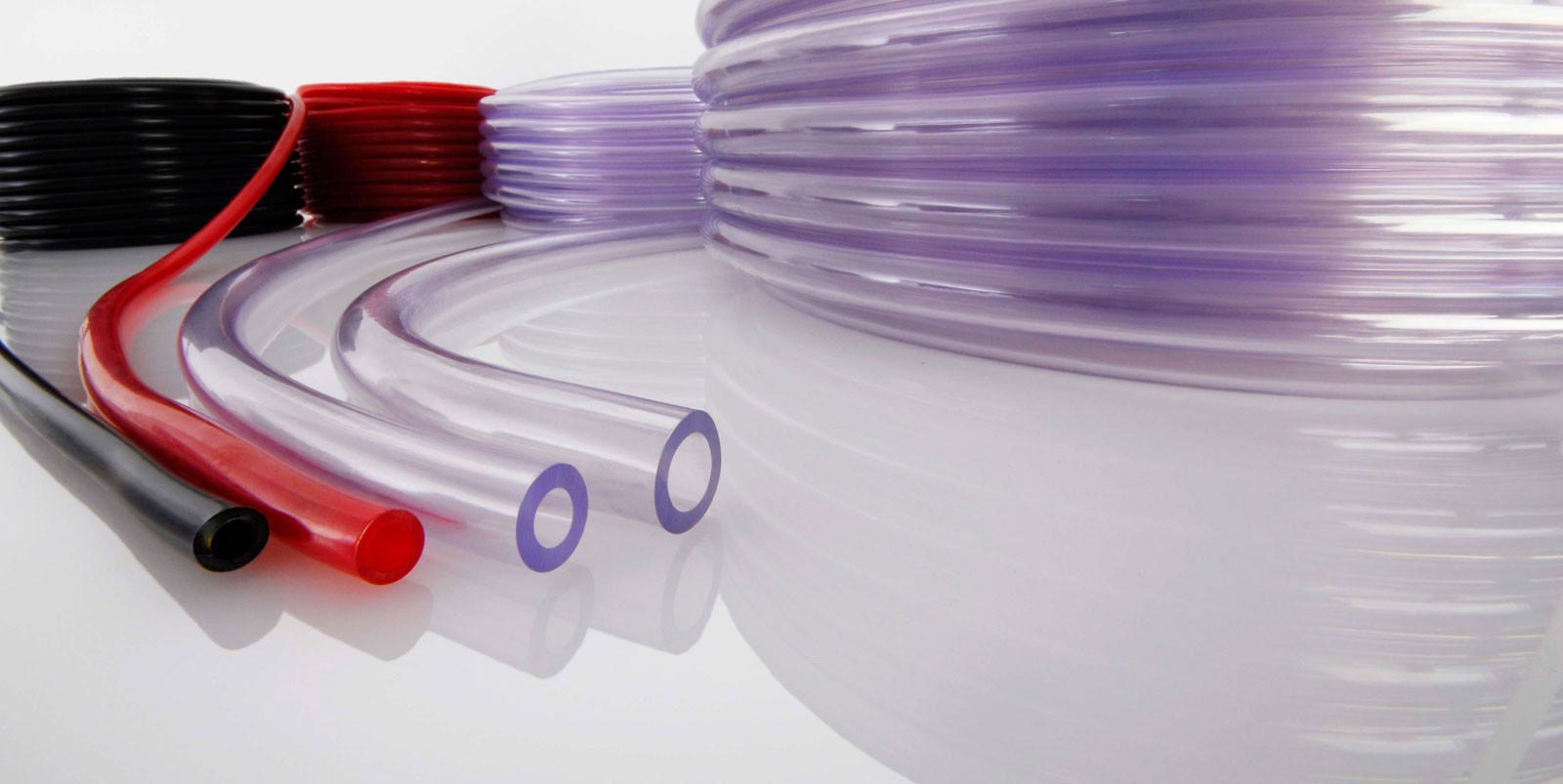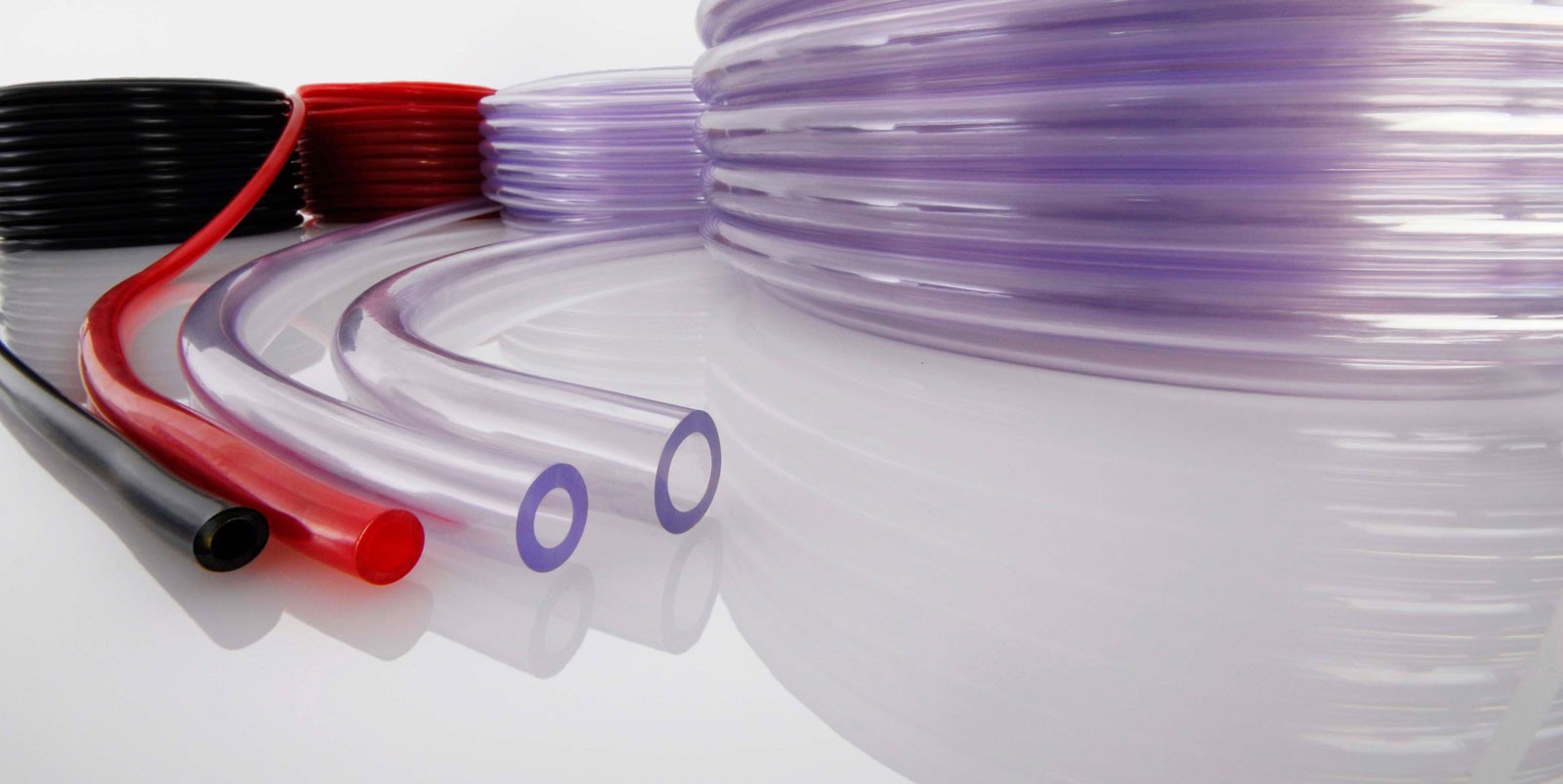 Add My Company
Add My Company
Sign In

For more information on Low-Density Polythene (LDPE) Tubing, What Is It & What Can It Be Used For? talk to Abbey Extrusions
Enquire Now
List your company on FindTheNeedle.


